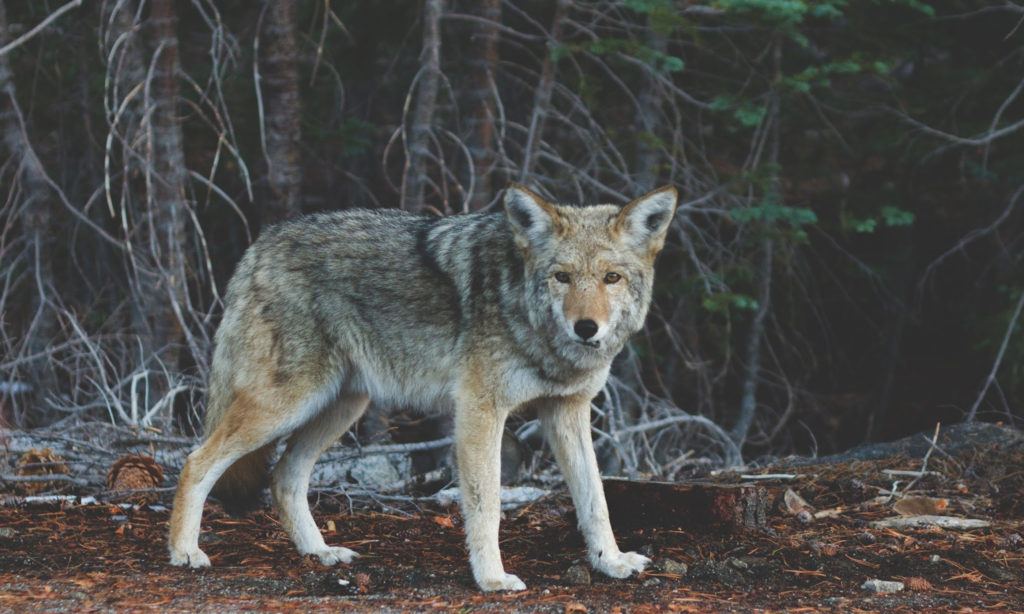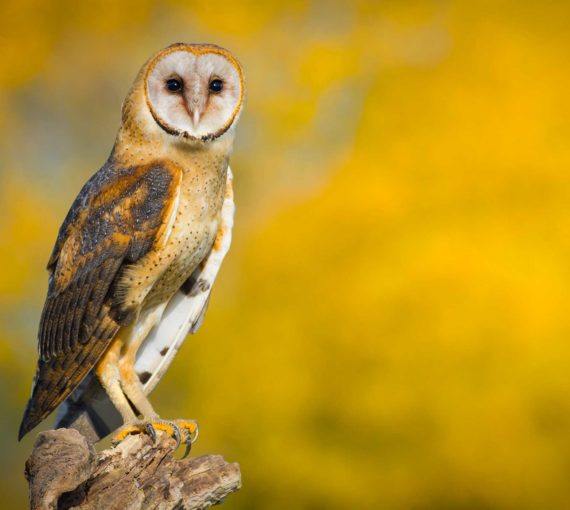Province allows hunting and trapping of already threatened species
As winter approaches, many of us are storing away wistful memories of summer vacations. The wonder of listening to a chorus of howling wolves while snug in a sleeping bag in Algonquin Provincial Park will carry a lucky few through the long winter ahead.
These memories might be harder to come by in the future: This month the Ontario government decided to strip the Algonquin wolf, recently classified as threatened with extinction, of the legal protection provided by the provincial Endangered Species Act (ESA). Although the law forbids killing threatened species, the government is making an exception to allow hunting and trapping of Algonquin wolves across much of the breadth of their range, limiting new protection to just three island-like zones around parks much smaller than Algonquin.
The government argues that around 90 per cent of the confirmed records of Algonquin wolves were found within these zones. It’s no small wonder since existing provincial parks already protect the wolves from hunting! Moreover, the government considers a wolf to be a single black dot on a map, and protection means mapping islands around those dots where hunting and trapping cannot occur. But wolves don’t read maps. They travel thousands of kilometres in their lifetimes. Islands of protection can quickly become islands of extinction.
The government’s own research shows that when Algonquin wolves travel into unprotected areas to find a new home or mate — something they begin to do around this time of year — they wind up dead; strangled in snares or shot. For a species that might number as few as 154 adults in the entire province, every wolf counts. Shockingly, Ontario has no effective plan to accurately assess how many of them are killed. Wolf hunting and trapping seasons opened across the province as of Sept. 15.
The purpose of the ESA is to protect and ensure the recovery of at-risk species. We can only bring the Algonquin wolf back from the brink of extinction if individuals are protected when they leave their home territory to begin a new family. As the saying goes, a wolf is only as strong as its pack. Unfortunately for Algonquin wolves, that pack might be a bunch of eastern coyotes since finding a mate of its own kind is next to impossible in unprotected areas.
The government correctly points out that in the field, Algonquin wolves are indistinguishable from eastern coyotes. Indeed, the only way to tell them apart is by genetic testing. And since folks can’t tell the difference, the government’s response is to let people keep on killing both.
In 2013, the province exempted most major industries — including forestry, energy and mining exploration — from having to abide by the ESA. Now Ontario is adding hunting and trapping of the Algonquin wolf to that long list of exemptions.
The primary threats facing these animals are hunting and trapping. Only in dreamland can a species avoid extinction while being relentlessly exposed to the very threats that landed it on the at-risk list to begin with.
Instead of being mired in old-school thinking driven by folklore (one official provincial government website still reads “Know thine enemy” below a cameo of a wolf), we need to start listening to the science that tells us to act fast if we want to protect the web of life that is unravelling before our eyes.
The infamous and incredibly rare Algonquin wolf is presenting us with an opportunity to change the way we interact with our environment. We can either celebrate our connection to the wild — with the wolves and coyotes alike — or we can continue to destroy them. The ESA is a tool that supports the former; we need to use it.
This op-ed was originally published in the Toronto Star. Hannah Barron is the director of Wildlife Conservation Campaigns for Earthroots. Anne Bell is the director of conservation and education for Ontario Nature.
Our work
Always grounded in sound evidence, the David Suzuki Foundation empowers people to take action in their communities on the environmental challenges we collectively face.





